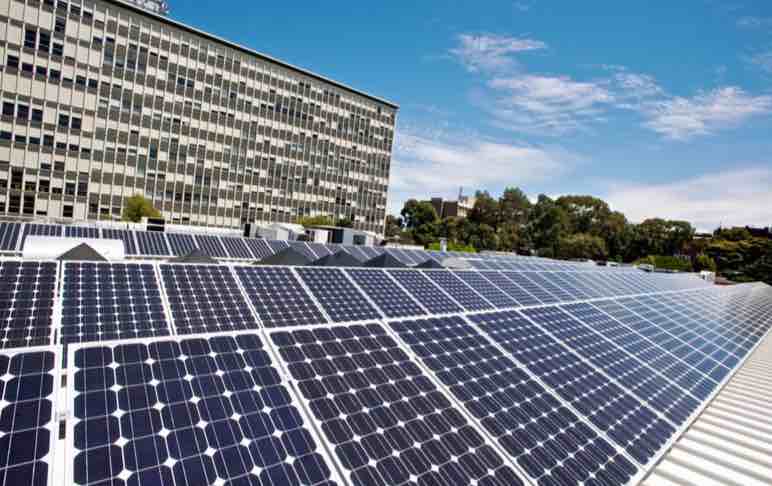Monash University in Melbourne has announced a tender for 55GWh of solar or wind energy in a new project that is believed to be the largest corporate tender for large-scale renewable energy in Australia.
The tender, released on Wednesday, calls for a long-term contract to meet 55 per cent of the university’s annual electricity demand, which equates to around 55GWh. That is roughly equivalent to around 40MW of solar or wind.
Monash is offering a 10-year contract for the new large-scale solar or wind farm, which “favourably” would be located in Victoria, but could be located elsewhere in the National Electricity Market. Expressions of interest are due on May 24.

It is believed to be largest tender for a large scale renewable installation by a non-government group in Australia. Most state governments, and some councils, have held similar tenders, but while corporate deals with wind and solar farms are common in the US and Europe, they have been absent from Australia.
Queensland zinc refiner Sun Metals has elected to build its own 116MW solar plant, and a group of 19 South Australian businesses, representing 15 per cent of that state’s total demand, is tendering for a long-term energy supply contract, although this is open to renewable energy or gas generation.
The investment represents a major step forward in Monash University’s stated task of reaching net zero emissions – with a target date to be announced later this year.
The university already has installed 777kW of rooftop solar and plans an additional 3.4MW of rooftop solar across the Clayton, Caulfield, and Peninsula campuses.
“Monash University has previously issued an Expression EOI for the supply, installation and/or operation of campus-wide rooftop solar photovoltaic (PV),” the tender document says. “Monash University now intends to explore potential supplier capabilities in the provision of large-scale offsite renewables as a strategy to procure cost effective renewable energy.”
In December, Monash became the first university in the world issue a certified climate bond, raising more than $218 million – with the help of the Clean Energy Finance Corporation – to fund sustainable development in the tertiary education sector.
Its plans already include the establishment of a “Monash Sustainable Microgrid “, which will feature “deep energy efficiency, on-site renewables and demonstrate opportunities for grid transformation through the deployment of grid-interactive control systems, storage and demand management.
“This dynamic grid will facilitate integration of on-site energy demand and renewable energy generation with cost effective off-site renewable energy generation,” it says.
“In doing so, the Monash Microgrid will provide a real-world working model showcasing a fair transition towards an affordable, reliable, renewable powered energy system for all Victorians.”
Note: This item was updated to note EOI closing date has been extended until 24 May.







